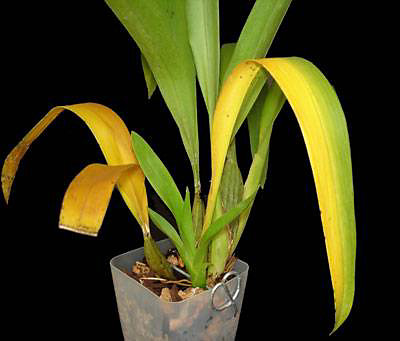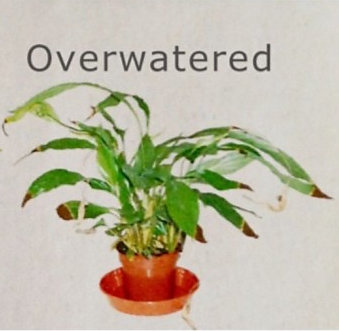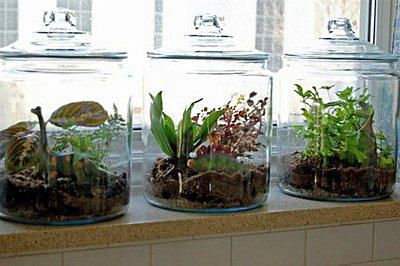If you love a well-placed houseplant and take pride in your “green thumb”, here’s an AC fact that might alarm you: Your AC can harm (and even kill) your houseplants.
How?
Well, plants need heat and humidity…and air conditioners remove both from your home.
But hold on.
Before you throw out your indoor greenery (or swear off air conditioning if you’re REALLY serious about your plants) we’ll give you some tips on how to ensure the two coexist peacefully.
Ways to save your houseplants from your air conditioner
Move plants away from air vents
The cold air that blasts from air vents may keep you and your family comfortable but it harms your plants.
Why? Well, cold temperatures can freeze the cells in a plant, which blocks the natural pathways for water and nutrients. Basically, cold temperatures cause plants to starve.
If the color of your plant’s leaves is fading or if the leaves are wilting, it could be because the plant is too close to an air conditioning vent. Cold air blowing directly on plants often strips it of its moisture.

Yellowing orchid leaves.
Photo source: www.repotme.com
So, check your plant’s location. If it’s placed near an air conditioning vent, you may want to move it to another room or area that either isn’t being air conditioned or is far away from an air vent.
Mist your sensitive plants every day
Some plants, especially those with skinnier leaves, are especially sensitive to low humidity.
If you have a flowery plant and notice that the flower buds are falling from the plant or if their leaves are wilting, this may be due to low humidity.
But don’t increase your home’s humidity just to save your plants.
High humidity can cause mold growth, damage to your home’s structures, and more.
Instead, make sure you mist your plant’s leaves every day. This will restore some of the moisture that is stripped from your home’s air.
But beware of swollen plant leaves or water spots that turn red or brown. This is a sign of too much moisture.
If you spot these signs, stop misting those plants or switch from misting them daily to every other day or every two days.

Photo source: castig.org
Protect small plants with glass
Small plants are usually sensitive to cold air, temperature changes, low humidity.
To keep small plants safe, protect them with glass.
For example, you can build a terrarium that allows you to still view and enjoy the plants but helps keep out colder temps and dry air.
Want some help? This site shows you how to create a beautiful DIY terrarium.

Photo source: ludetz.com
Get to know your plants’ needs
Lastly, research your plants’ temperature and humidity needs. Different species handle the effects of air conditioning differently.
When you understand the conditions your plants need to thrive, you can make better decisions about where you place them and how you care for them.
If you are looking to get houseplants, consider hardier plants that have bigger, broader leaves. They often can handle temperature changes and dry air better than smaller plants with thin leaves.
Wondering about your home’s humidity levels? Ask an Atlanta AC tech
Even though lower humidity levels may not be best for houseplants, it’s essential for your health and comfort and helps protect your home from mold, sickness, and damage.
Text taken from: https://www.coolray.com






